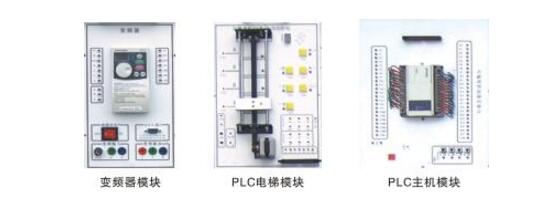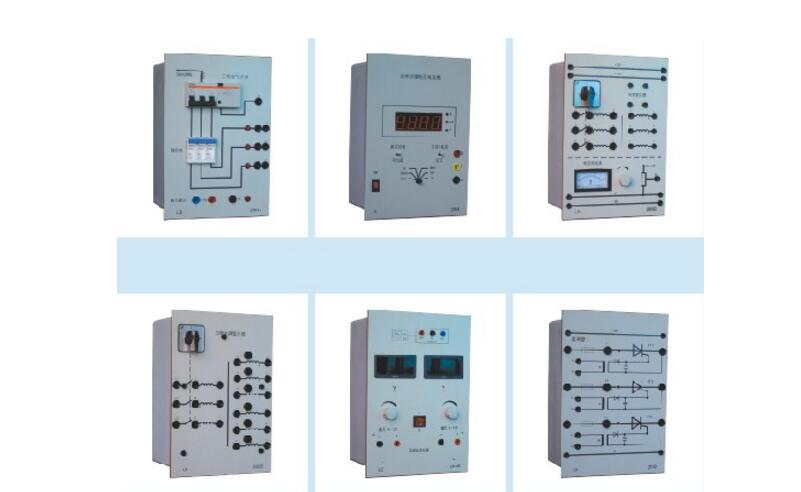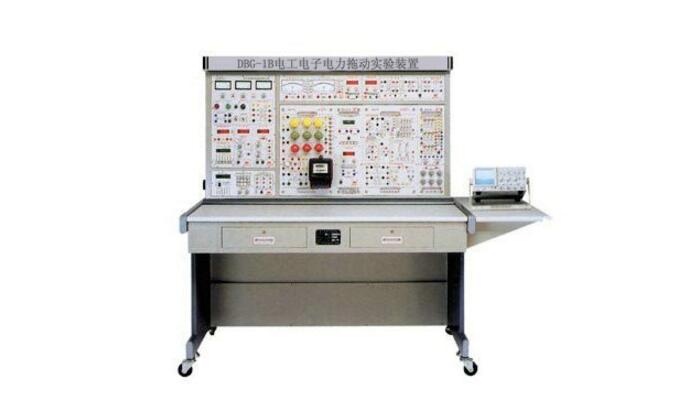The development trend of a power electronic device
**1. Summary of Power Electronic Devices**
Power electronic devices are essential components in modern electrical systems, designed to convert and control high-power energy efficiently. These devices, also known as converter systems, include a wide range of equipment such as rectifiers, inverters, DC converters, AC converters, power supplies, switches, motor speed controllers, DC transmission systems, induction heating units, reactive power compensators, electroplating systems, and household appliances.
Among these, DC power supplies can be constructed using rectifiers or DC converters, and they are commonly used for applications like DC motor speed control, battery charging, electroplating, and scientific instrumentation. On the other hand, AC power supplies often utilize frequency converters, which can be categorized into variable frequency and voltage (for controlling asynchronous motors), constant frequency and voltage (used in uninterruptible power supplies), regulated AC power supplies, medium-frequency induction heating systems (up to 8 kHz), and high-frequency heating systems (above 8 kHz) for welding and hardening. The fast switching capabilities of power electronics allow for the development of static, contactless high-power switches that replace traditional electromagnetic contactors, offering greater efficiency and reliability.

**2. Development of New Power Electronics Technology**
The evolution of power electronics is driven by four key trends: high-frequency operation, hardware integration and modularity, digitized software control, and green product performance with minimal environmental impact.
1. **High-Frequency Application Technology**
Although the standard power frequency (50Hz–60Hz) is ideal for generation, it is not optimal for distribution and use. Increasing the frequency allows for smaller magnetic components, reducing the size and weight of transformers, reactors, and ballasts. This leads to more compact and efficient designs. Higher frequencies also result in waveforms closer to ideal shapes, improving system performance, much like how higher screen resolution leads to better image quality.
2. **Hardware Integration and Modularization**
Initially, power electronics relied on discrete components, which led to long design cycles, high costs, and lower reliability. Today, the industry is shifting toward modular and integrated structures. This includes power modules, monolithic integrated modules, and intelligent power modules, where drive, protection, and control functions are embedded within the device, enhancing performance and reducing parasitic effects.
3. **Digitized Software Control**
Replacing analog controls with digital methods improves system reliability, simplifies hardware, and enables advanced control strategies through software updates. Digital control also facilitates data storage, diagnostics, and intelligent operation, making power electronics more adaptive and user-friendly.
4. **Green Product Performance**
As power electronics become more widespread, their impact on the power grid—such as harmonic distortion and electromagnetic interference—has become a critical concern. High-frequency switching can cause voltage and current spikes, leading to electromagnetic interference that disrupts nearby equipment. Therefore, developing eco-friendly, low-interference systems is essential for sustainable growth.

**3. Latest Developments in Power Electronic Devices**
In the future, power electronics will continue to evolve toward higher frequencies, standardized modules, integration, and intelligence. Research shows that increasing the operating frequency reduces the size and weight of electrical components proportionally to the square root of the frequency. This means that higher frequencies lead to more compact, energy-efficient systems, especially beneficial for aerospace and high-performance applications.
Currently, advanced power modules integrate switching elements, freewheeling diodes, and built-in drive and protection circuits, ensuring high consistency and reliability. These modules are produced in standardized series, making them versatile and suitable for a wide range of applications. As technology advances, power electronics will play an even more crucial role in shaping the future of energy systems.

Jiangsu Qilong Electronic Technology Co., Ltd. , https://www.qilongtouch.com